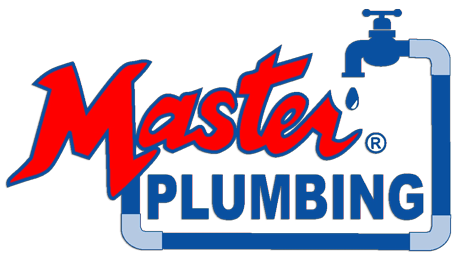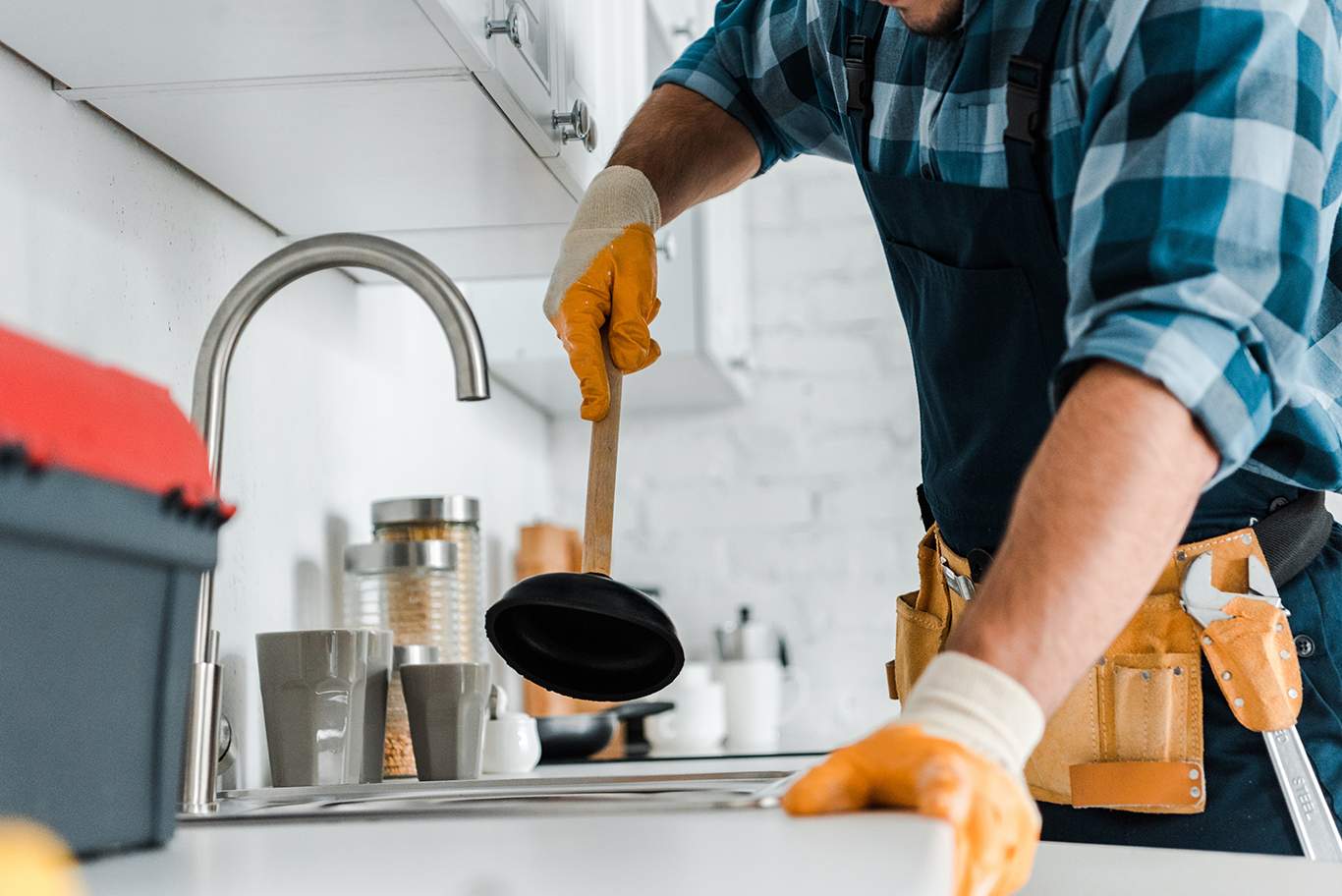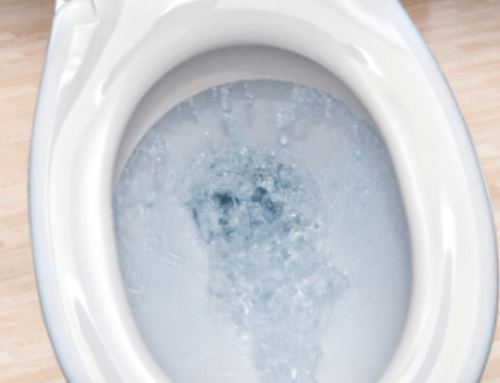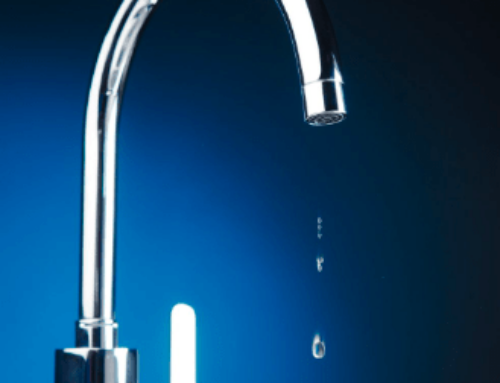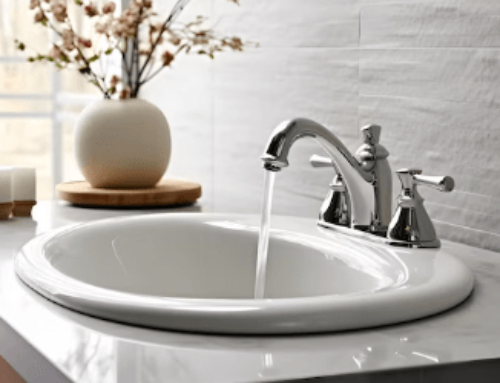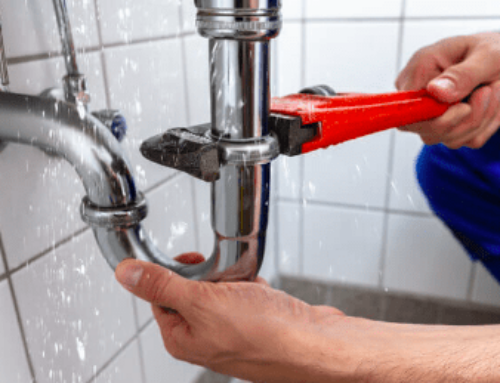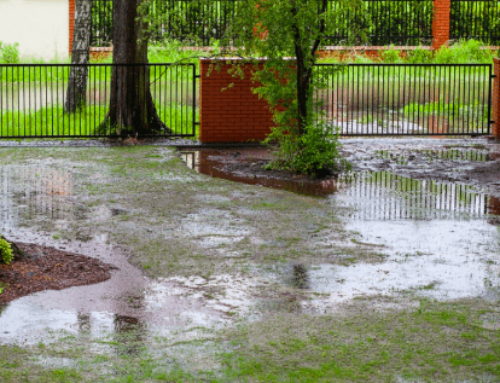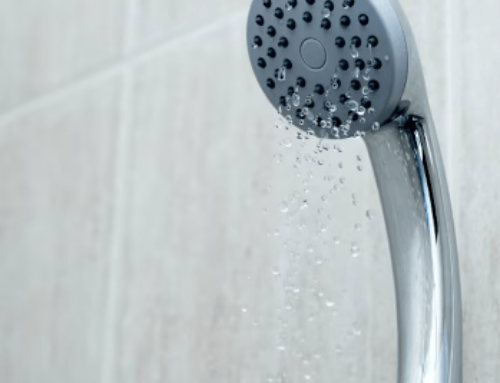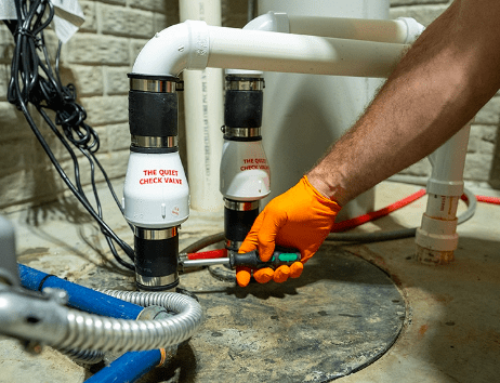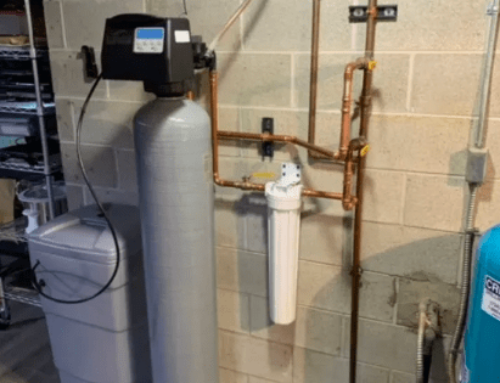When most people think of plungers, they think of the one that is used to clear a clogged toilet. However, plungers can be used for so much more! In this blog post, we will discuss everything you need to know about plungers- from how to properly use them to when they should be used. We will also cover some of the different plunger types and their uses. So read on for all you need to know about plungers!
One common plunger use is to clear a clogged toilet. If your toilet is clogged, the first thing you should do is assess the situation. Is there solid waste that needs to be removed? Or is it a simple blockage that can be fixed with a plunger? If it is the latter, then grab your plunger and get to work!
How to use a Plunger
To use a plunger on a toilet, start by adding some water to the bowl. This will help create suction when you use the plunger. Next, place the plunger over the hole in the bottom of the toilet bowl and make sure that the rubber part is fully submerged. Now it’s time to start plunging! Push and pull the plunger up and down, making sure to keep the rubber part sealed against the hole. You should see the water start to move and hopefully the blockage will be cleared. If not, you may need to repeat this process a few times or try a different plunger type (more on that later!).
Other uses for Plungers
Now that we’ve covered how to use a plunger on a toilet, let’s talk about some of the other ways you can use this handy tool. Plungers can also be used to clear clogged sinks and bathtubs. If your sink or tub is full of water and won’t drain, chances are there is a blockage somewhere. To clear this, start by placing the plunger over the drain and making sure that the rubber part is fully submerged. Again, push and pull the plunger up and down to create suction and hopefully clear the blockage.
Plungers can also be used on clogged drains in other areas of your home, such as your shower. If you notice that water is starting to pool in your shower or that the drain is draining more slowly than usual, it’s time to break out the plunger. Place the plunger over the drain and make sure that the rubber part is fully submerged. Push and pull the plunger up and down until you feel resistance, which indicates that the blockage has been cleared.
When to use a Plunger
Now that we’ve covered some of the ways you can use a plunger, let’s talk about when to use one. As we mentioned before, plungers are most commonly used to clear toilet, sink, and shower drains that are clogged. However, they can also be used on other drains in your home, such as your kitchen sink. If you notice that water is starting to pool in your sink or that the drain is draining more slowly than usual, it’s time to break out the plunger.
Choosing the Right Plungers
Different plungers are designed for different uses. The most common type of plunger is the bellows plunger, which is ideal for clearing toilet, sink, and shower drains. Another type of plunger is the accordion plunger, which is designed for use on larger drains, such as those in your kitchen sink. Whichever type of plunger you choose, make sure that it is the right size for the job at hand.
Now that you know everything there is to know about plungers, it’s time to get out there and start using them! Be sure to follow the tips we’ve covered in this blog post and you’ll be an expert plunger user in no time. If run into a really stubborn clog that a plunger can’t get out, give us a call! We can clear that blockage for you in no time.
